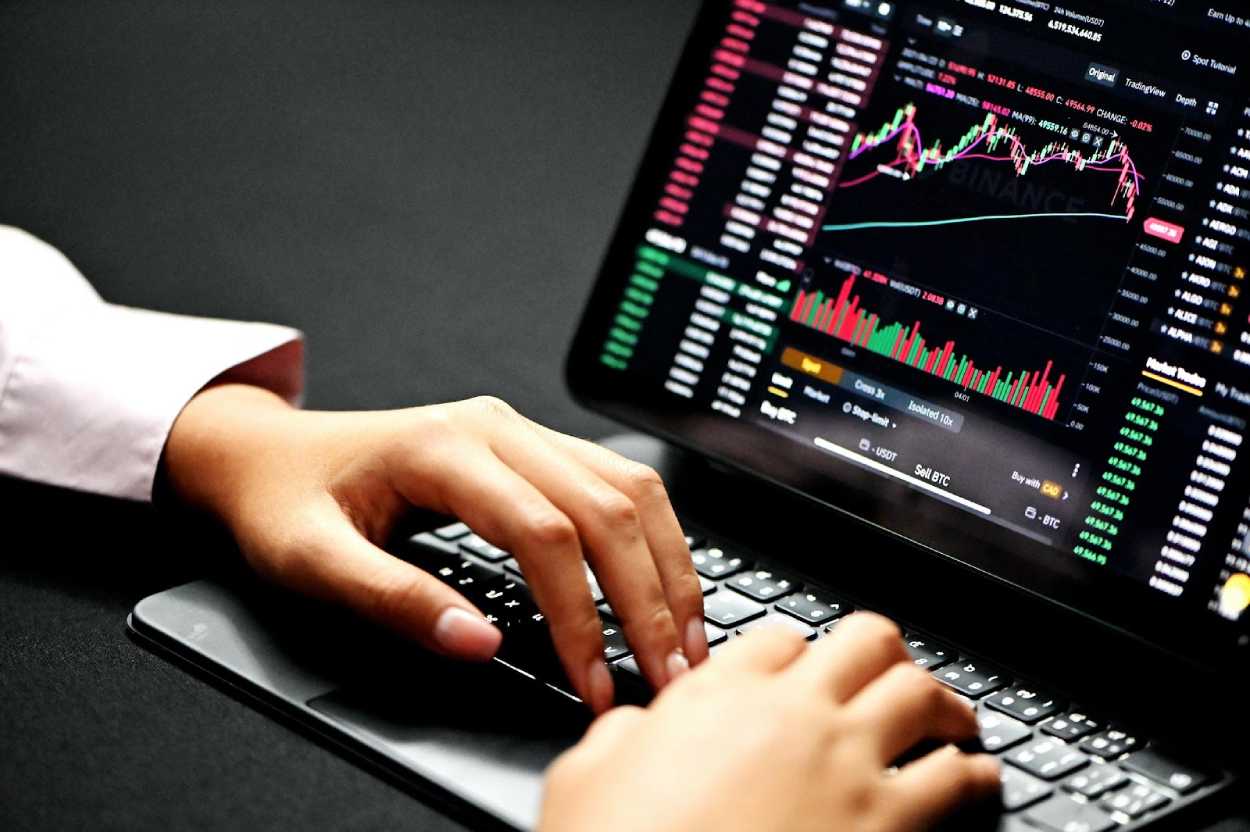In Malaysia, interest in forex hasn’t faded — if anything, it’s growing. But the way people approach it still varies a lot. Some take their time, test strategies, and learn. Others jump in fast and burn out just as quickly. It’s not about who’s smarter — it’s usually about how realistic the expectations are.
Forex looks simple at first glance. The idea of trading currencies, reacting to global news, and potentially making money from home is hard to ignore. But as many find out, it’s not as forgiving as it looks.

What draws people in
The 24-hour market is a huge appeal. Unlike stocks, forex doesn’t shut down when local business hours end. People with full-time jobs can still participate after dinner or late at night.
Also, the entry barrier is low. You don’t need RM10,000 to get started. Most platforms let you open a position with just a fraction of that. This has opened the door for many Malaysians who want to try managing their own capital.
Still, one thing that always comes up is: which fx broker is safe to use? It sounds like a basic question, but in practice, it’s tricky. Some platforms offer better spreads. Others have faster execution. Some promise things they don’t deliver. So new users often end up choosing based on ads or social media instead of real performance.
What new traders usually miss
Here’s what a lot of beginners in Malaysia tend to overlook:
- Slippage during fast market moves
- Differences between demo and live account behavior
- How much margin they’re actually using
- The real cost of overnight swaps
- The importance of checking regulation and licenses
Understanding these early can make the difference between learning something valuable or just getting frustrated.
How most people start
In most cases, people don’t jump into complex indicators or multi-screen setups. They usually pick a major pair (like EUR/USD or USD/JPY), start reading some basic guides, maybe watch a few YouTube videos, and then open a small account. That’s where the real forex trade experience begins — and it’s often way less predictable than expected.
The mistake is treating that first phase as a shortcut to success. It’s better viewed as a testing ground. What works in theory might not hold up once real money is involved.
Local vs offshore access
Some Malaysians prefer offshore providers for the wider range of tools and higher leverage. Others stick with platforms that support local payments and Bahasa Melayu. There’s no universal best choice — but it’s worth taking time to compare. A regulated broker won’t guarantee profits, but it will at least play by the rules.
If you’re still figuring things out, you can explore more here without registering or funding anything. It gives a feel for what’s out there.
Why people stay (Even after losing)
One thing that stands out is how many traders stick around even after taking early losses. For some, it becomes more about skill-building. They like tracking the markets, understanding news, and improving timing.
And honestly, there’s value in that. Even if it doesn’t turn into a full-time gig, it’s a serious way to learn discipline, risk awareness, and focus — traits that carry over into everyday life.












Add comment